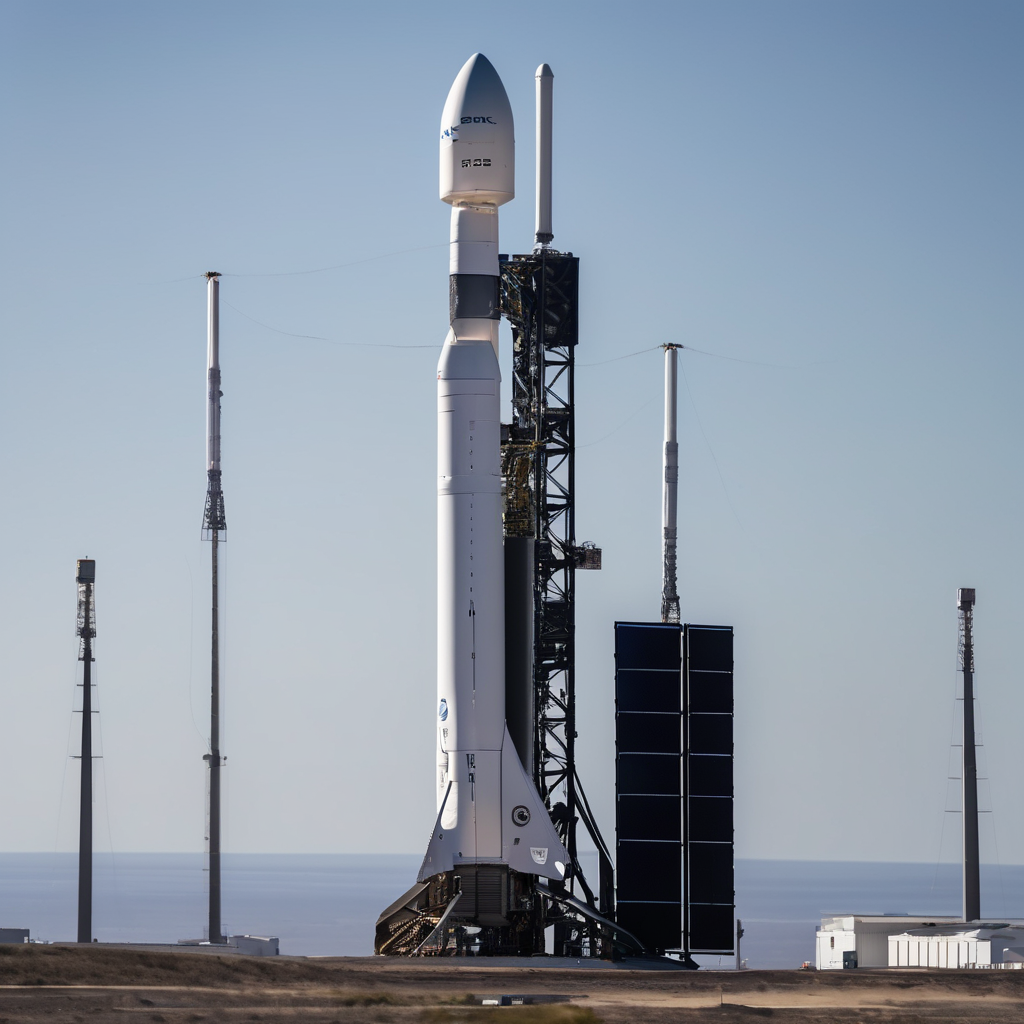SpaceX’s Transporter-15 mission is gearing up for an exciting launch today, November 20, as it prepares to send over 100 satellites into Earth orbit. The Falcon 9 rocket is set to lift off from the Vandenberg Space Force Base in California, with the launch window opening at 1:18 p.m. EST (1818 GMT).
This mission marks a continuation of SpaceX’s innovative rideshare program, following the successful Transporter-14 mission earlier this summer, which deployed a myriad of cubesats and technology demonstrations into low Earth orbit. Transporter-15 is anticipated to deliver its payloads to a sun-synchronous orbit, allowing each satellite to start its unique mission shortly after launch.
While many of the payloads remain undisclosed, prominent organizations such as the European Space Agency (ESA) and the Taiwan Space Agency (TASA) are confirmed participants. ESA’s HydroGNSS-1 and HydroGNSS-2 satellites will support the agency’s inaugural Scout mission, utilizing advanced GNSS reflectometry techniques to gather data on Earth’s water cycle.
From Taiwan, the FORMOSAT-8A Earth-imaging satellite will be launched alongside three domestically produced cubesats: Bellbird-1, Black Kite-1, and TORO-8U-1, which aim to test communications technologies and monitor environmental conditions like algae and plankton.
Planet Labs will also contribute to Transporter-15 with the deployment of Pelican imaging satellites 5 and 6, as well as 36 SuperDoves, enhancing their Earth-observation capabilities. This ongoing expansion of Planet Labs’ Pelican network is designed to efficiently observe dynamic environmental changes, potentially flagging patterns and risks as they emerge.
SEOPS is set to demonstrate its custom payload integration with a diverse array of student-built and commercial spacecraft, including several projects managed by Alba Orbital and the new HUNITY “pocketqube” platform. Notable cubesats within this mission include WISDOM and Mauve, both developed under ESA’s NAVISP program to explore collision avoidance and ultraviolet astronomy, respectively.
The mission showcases a significant collaboration among various space research entities, with a large contingent of payloads supported by Leaf Space, which is integrating 31 of the satellites into its existing Leaf Line ground station network.
As the Falcon 9’s second stage will facilitate an extensive deployment process lasting up to two hours due to the numerous payloads, the launch is highly anticipated within the aerospace community. The Falcon 9’s first stage is expected to make a successful landing on SpaceX’s droneship in the Pacific, marking the 30th flight for booster B1071, which has previously supported a variety of missions including Starlink launches and national security operations.
The breadth of missions represented in this launch highlights the collaborative spirit and innovation that defines modern space exploration, sparking optimism for future advancements and discoveries in the field.
